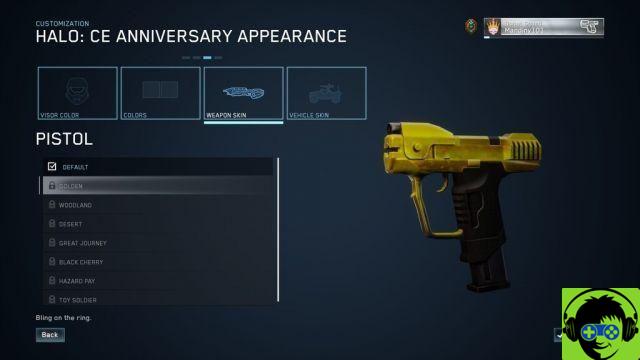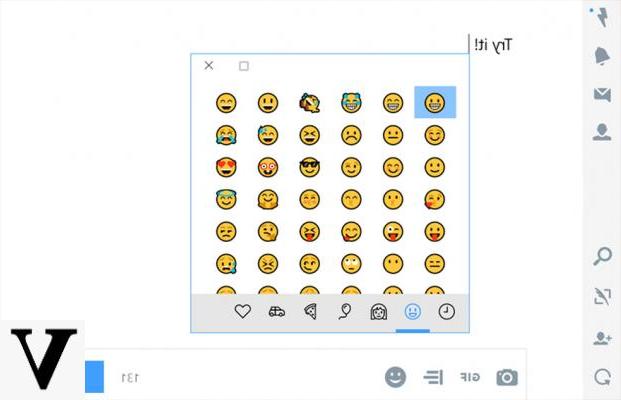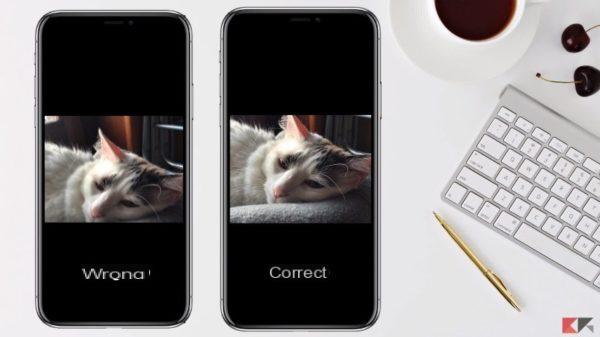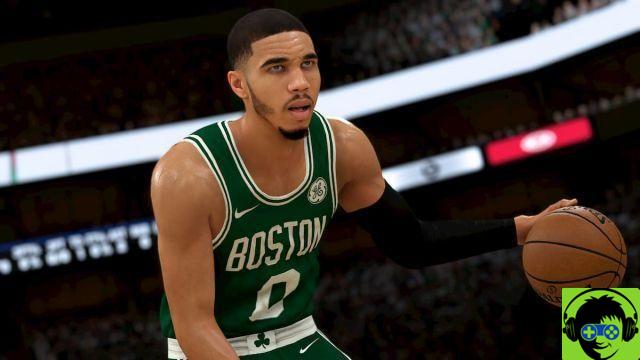
The top performing football teams in the NFL are very offensive threats who can see whatever defensive formation presented by the opposition and exploit them for their weaknesses. Covering the men is a fairly straightforward aspect to deal with as you are solely relying on your players to outperform the other team. However, area coverage makes things a bit more complicated. Here's how to recognize and manage defensive zone coverage in Madden 21.
What is zone coverage?
Before you can beat area coverage, you have to be able to recognize what it is. The most common zone games are called Cover 2 and Cover 3. This usually means how many players will be placed downstream to protect against deep play. When you select your game, the two teams will line up and prepare to hike soccer. The key to indicating area coverage is to recognize the positioning of the defense. If the players are lined up directly in front of your wide receivers, chances are they're running a man cover and will follow those players wherever they run (unless they're blitzing).
Area coverage will be noticeable because instead of trying to mask your players' movements, they will defend part of the pitch. Once the ball is passed, you will notice that they run towards the section they are in and react to the movements of the football rather than taking a proactive approach to the movements of the players. This is especially useful for passing games, as defenders have their eyes on the football at all times. Throw it in their zone, and they're more likely to attempt an interception on the pass. Teams with less speed in their high school are more likely to choose zonal games and be more successful because they don't necessarily have to keep pace with the fast receivers. Area coverage is more about limiting damage or knocking back passing balls than forcing loss of yardage on plays.
How to beat area coverage

It might seem a little logical to say this, but the best way to beat area coverage is to throw the ball where defenders aren't. Zone cover games respond to football rather than receivers on the pitch. This means that if your receivers are using very mobile routes, they have a much better chance of opening up and gaining a lot of distance. Since the only players who will rush your quarterback into a traditional zonal play are the defensive linemen, that means you have as much time to get rid of the ball as your offensive line can buy you, so don't feel no rush in these situations, and take the time to survey the ground. These plays should give your quarterback plenty of yardage chances if you decide to throw the ball with him too, so keep that in mind, but be sure to slide with them when the defenders come in close to avoid injuries or fumbles. If things make you uncomfortable, get out of the pocket and throw the ball away. Also, if your receiver is running a route where it stops and hangs in place, avoid throwing it at it unless it is significantly open.
If the defense executes Cover 2, its two safeties will play on both sides of the field. If you have a run to the middle of the field behind the linebackers, you can gain significant mileage. If the defense executes Cover 3, they also have an extra player covering the mid-back, but should leave an open hold in the mid-range for a respectable payoff.
Another common way to exploit zone coverage is to have your receivers, tight ends, and running backs on one side of the court. In this case, the defense will essentially have half of their squad that will not be in immediate conflict with your players, as they cover their areas, and should lead to at least one option opening on the game.
We also recommend that you temper your expectations on racing games against zone defenses. While great for short distance wins, unless your running back breaks tackles, you probably won't gain more than ten yards. Defense will react to the ball, so if your ball carrier crosses the line of scrimmage, it leaves everyone looking at the ball reacting and chasing them.


























